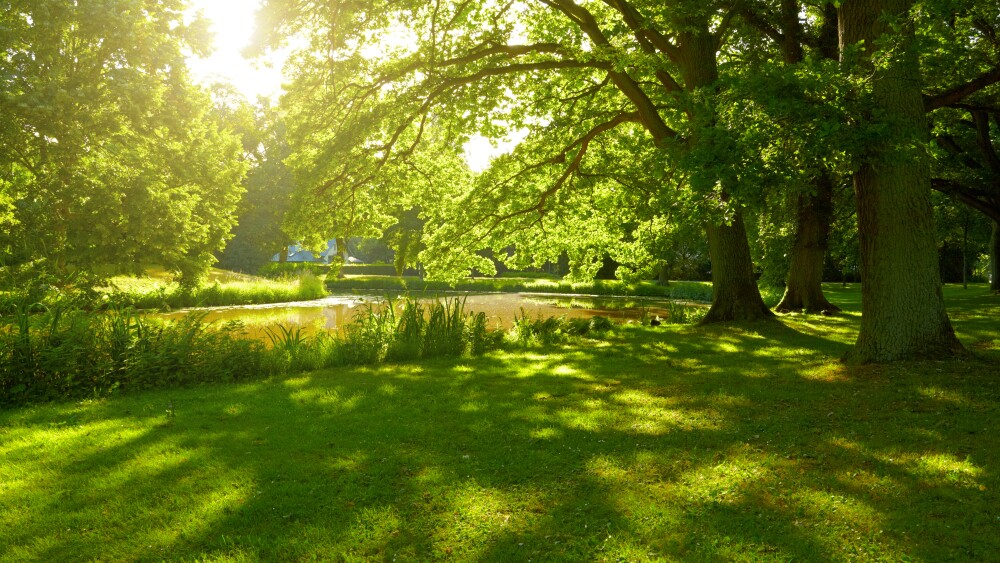Spring is right around the corner, and with the new season often comes a renewed urge to flex your green thumb.
But improper fertilizer application can be problematic for surrounding waterways — and for you. Accidental exposure, inhalation, or ingestion by a person (or pet) can be harmful to your health and your wallet. And allowing fertilizer to enter a waterway or storm drain raises the levels of nitrogen and phosphorus, which can cause toxic aquatic plant growth that may harm or kill other aquatic life.
Here’s how to make your yard the talk of the town while helping preserve our local waterways:
- Closely follow the instructions, including how much fertilizer you should use and the safety precautions.
- Only allow fertilizer to touch areas of the yard that need treatment — never on paved surfaces or near storm drains.
- Don’t water immediately after you fertilize, and don’t fertilize if there is a rainstorm in the forecast.
- If you have a body of water running along your property, don’t cut back the surrounding vegetation. Already have? It’s best to re-plant the area with native grasses, trees, shrubs, and plants.











